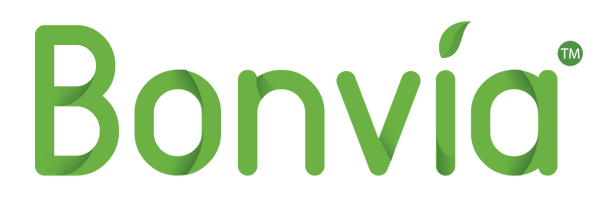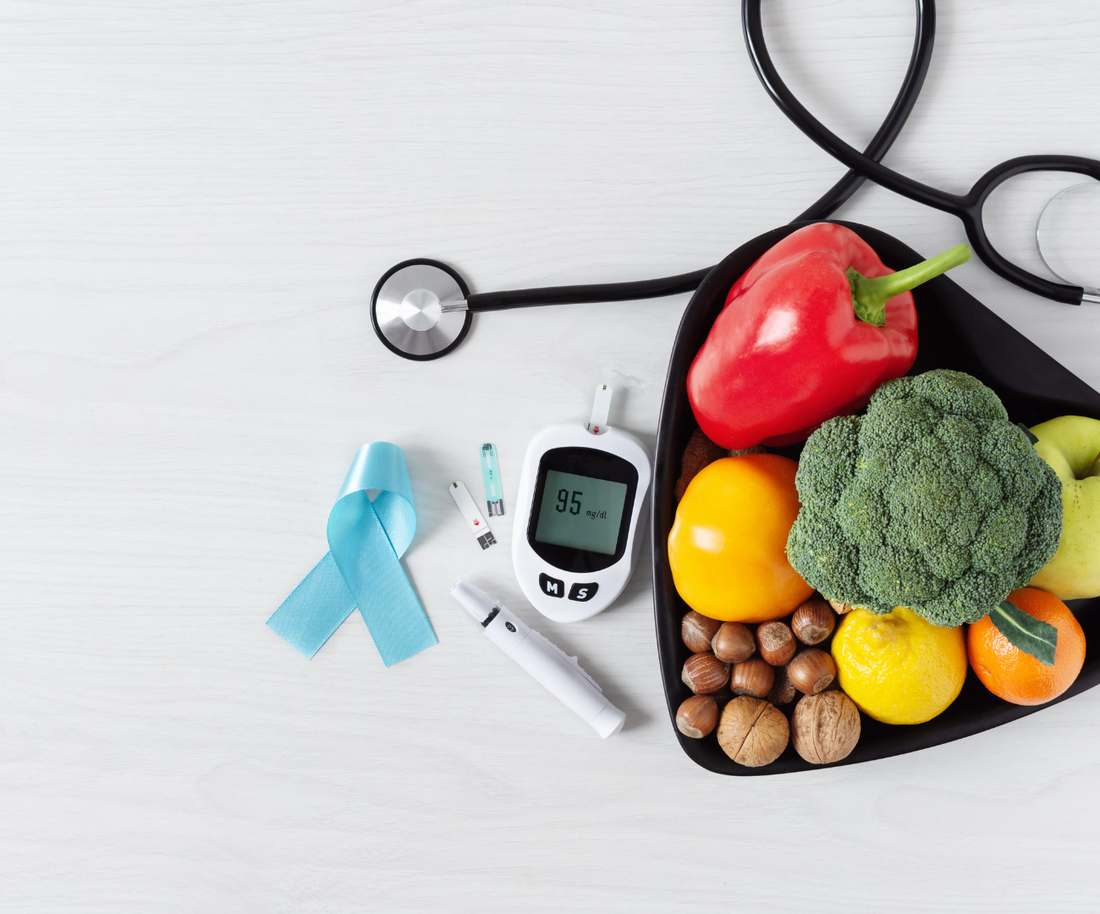Diabetes is a chronic disease that affects millions of people worldwide.
It occurs when the body is unable to produce or properly use insulin, a hormone that regulates blood sugar levels.
Diet plays a crucial role in managing diabetes, as certain foods can cause blood sugar levels to spike, while others can help regulate them.
For those with diabetes, it can be challenging to know which foods to eat and which to avoid.
That's where the ultimate diabetes food chart comes in.
This comprehensive diabetes food chart provides a detailed breakdown of the best and worst foods for managing blood sugar, along with helpful tips for creating a healthy and balanced diet.
Whether you're newly diagnosed with diabetes or looking to improve your current management plan, the ultimate diabetes food chart is an essential tool for anyone looking to take control of their health.
What Is A Diet Chart For Diabetic Patients?

A diet chart for diabetic patients is a structured plan that outlines the types and amounts of food that people with diabetes should consume to manage their blood sugar levels.
The diet chart for diabetic patients focuses on choosing nutrient-dense, whole foods that have a low glycemic index, meaning they don't cause a rapid rise in blood sugar.
Benefits Of Diabetic Diet Chart

There are several benefits of following a diabetic diet chart, which include:
1. Helps Manage Blood Sugar Levels
A diet chart emphasizes foods that have a low glycemic index, which means they don't cause a rapid rise in blood sugar levels.
This helps maintain blood sugar levels within a healthy range, reducing the risk of complications associated with high blood sugar levels.
2. Promotes Weight Management
A diet chart emphasizes nutrient-dense, whole foods that are low in calories and high in fiber, protein, and healthy fats.
This can help promote healthy weight management and reduce the risk of obesity, a significant risk factor for diabetes.
3. Reduces The Risk Of Complications
A diet chart can help reduce the risk of diabetes-related complications, such as heart disease, stroke, nerve damage, kidney disease, and eye problems.
4. Improves Overall Health
A diet chart focuses on nutrient-dense, whole foods that are rich in essential vitamins, minerals, and antioxidants.
This can help improve overall health and well-being, reducing the risk of chronic diseases and promoting longevity.
5. Provides Structure And Guidance
A diet chart provides structure and guidance, making it easier for individuals with diabetes to make informed food choices and stick to a healthy eating plan.
Overall, following a diabetic diet chart can help individuals with diabetes manage their condition effectively, improve their quality of life, and reduce the risk of complications.
However, it's essential to work with a registered dietitian or healthcare professional to develop a personalized plan that suits individual needs, preferences, and goals.
The Ultimate Diabetes Food Chart

The Ultimate Diabetes Food Chart is a comprehensive guide designed to help individuals with diabetes manage their blood sugar levels effectively through healthy food choices.
It includes a variety of nutrient-dense, whole foods that are low in calories and high in fiber, protein, and healthy fats.
The food chart also emphasizes choosing foods with a low glycemic index, meaning they don't cause a rapid rise in blood sugar levels.
The chart typically includes a range of food groups, including non-starchy vegetables, low-sugar fruits, whole grains, lean proteins, and healthy fats.
These foods are chosen based on their nutrient density, ability to regulate blood sugar levels, and their overall health benefits.
1. Non-Starchy Vegetables
Non-starchy vegetables like leafy greens, broccoli, cauliflower, and bell peppers are high in fiber, vitamins, and minerals.
They can help regulate blood sugar levels, promote healthy digestion, and reduce the risk of chronic diseases.
2. Low-Sugar Fruits
Low-sugar fruits include berries, apples, and citrus fruits
These fruits for diabetic patients are rich in fiber, vitamins, and antioxidants.
Fruits for diabetic patients can satisfy cravings for sweetness without causing a rapid rise in blood sugar levels.
3. Whole Grains
Whole grains like brown rice, quinoa, and whole-wheat bread are rich in fiber, vitamins, and minerals.
They can help regulate blood sugar levels and promote healthy digestion.
4. Lean Proteins
Lean proteins like chicken, fish, tofu, and legumes are low in fat and calories and high in protein.
They can help promote healthy weight management, reduce the risk of heart disease, and keep blood sugar levels stable.
5. Healthy Fats
Healthy fats like avocado, nuts, seeds, and olive oil are rich in essential fatty acids and can help reduce inflammation in the body.
They can also help regulate blood sugar levels and promote healthy weight management.
In addition to these food groups, the Ultimate Diabetes Food Chart also recommends limiting or avoiding high-carbohydrate, high-sugar, and processed foods, including sweets, candies, sugary drinks, refined carbohydrates, and high-fat foods.
The food chart also provides portion sizes and recommended serving sizes for each food group, making it easy for individuals with diabetes to understand how much of each food to eat.
It also emphasizes the importance of staying hydrated by drinking plenty of water and limiting or avoiding sugary drinks.
Overall, the Ultimate Diabetes Food Chart is a valuable tool for individuals with diabetes who want to manage their blood sugar levels effectively through healthy food choices.
It provides a structured and comprehensive guide to healthy eating, making it easy for individuals to make informed food choices and stick to a healthy eating plan.
6. Skip Sugar
If you have diabetes, it's important to skip or limit sugar in your food plan.
Sugar is a simple carbohydrate that can cause rapid spikes in blood sugar levels.
When your blood sugar levels spike, your body may not be able to produce enough insulin to bring it back down to a normal level, leading to hyperglycemia.
Skipping or limiting sugar in your food plan can help you regulate your blood sugar levels, reducing your risk of hyperglycemia and other diabetes-related complications.
However, it's important to note that sugar isn't the only carbohydrate that can affect blood sugar levels.
Starches and other complex carbohydrates can also cause blood sugar spikes, so it's important to monitor your intake of these foods as well.
When planning your meals, focus on nutrient-dense whole foods that are low in sugar and high in fiber, protein, and healthy fats.
Non-starchy vegetables, low-sugar fruits, whole grains, lean proteins, and healthy fats should make up the majority of your food choices.
Avoid processed foods, sugary drinks, sweets, and candies as much as possible.
If you do want to enjoy a sweet treat now and then, opt for small portions and choose sugar-free alternatives, such as artificial sweeteners or natural sweeteners like Bonvia or monk fruit.
However, it's important to note that some artificial sweeteners may still affect blood sugar levels, so it's important to monitor your intake and consult with your healthcare provider if you have any concerns.
Overall, skipping or limiting sugar as a part of your diabetes food plan can help you manage your blood sugar levels effectively and reduce your risk of complications.
Focus on nutrient-dense whole foods, monitor your carbohydrate intake, and consult with your healthcare provider for personalized guidance on managing your diabetes through diet.
Bonvia Sweetener As A Natural Alternative To Sugar
Tired of feeling guilty every time you indulge in a sweet treat? Want to satisfy your sweet tooth without the extra calories?
Look no further than Bonvia's natural stevia sweetener!
1. Stevia Plant
Derived from the leaves of the stevia plant, this natural sweetener is a healthier alternative to traditional sugar.
2. Zero Calories
With zero calories and no effect on blood sugar levels, it's a great option for those with diabetes or those trying to manage their weight.
3. Versatile
Bonvia's stevia sweetener is made from high-quality stevia extract, ensuring a delicious and satisfying taste that's just as easy to use as traditional sugar.
Use it to sweeten your tea or coffee, sprinkle it over your favorite cereal, or use it in your fruity desserts.
By incorporating Bonvia's natural stevia sweetener into your diet, you can enjoy the sweet taste you love without sacrificing your health goals.
So why not give it a try and take an important step towards a healthier lifestyle today?
Final Thoughts
The Ultimate Diabetes Food Chart is a comprehensive guide to managing blood sugar levels through diet.
By providing detailed information on the best foods for those with diabetes, as well as tips for portion control and meal planning, this chart is an invaluable resource for anyone looking to manage their blood sugar levels and maintain a healthy lifestyle.
Following a diabetic food plan can help reduce the risk of hyperglycemia and other complications associated with diabetes.
By focusing on nutrient-dense whole foods that are low in sugar and high in fiber, protein, and healthy fats, individuals with diabetes can maintain stable blood sugar levels and improve overall health and well-being.
Whether you are newly diagnosed with diabetes or looking for ways to better manage your blood sugar levels, The Ultimate Diabetes Food Chart is a must-have resource.
By incorporating the recommendations outlined in this chart into your daily diet, you can take an important step towards better health and a more fulfilling life.
FAQs
1. What are the 5 best foods for diabetics?
Many foods can be beneficial for individuals with diabetes, but here are five commonly recommended options: non-starchy vegetables, whole grains, lean protein sources such as chicken or fish, healthy fats like nuts, and low-fat dairy products.
These foods are typically low in calories and carbohydrates, high in fiber and nutrients, and help regulate blood sugar levels.
It's important to consult with a healthcare professional to determine a personalized diet plan that meets individual needs and goals.
2. What 5 foods should a diabetic avoid?
Diabetics should avoid foods that can cause a rapid spike in their blood sugar levels.
These include sugary and high-carbohydrate foods, such as soda, candy, baked goods, white bread, and pasta.
Additionally, diabetics should limit their intake of processed and packaged foods that are high in sodium, saturated fats, and trans fats.
These foods include frozen dinners, chips, and other snack foods.
Diabetics should focus on consuming a healthy, balanced diet that includes plenty of vegetables, fruits, whole grains, lean proteins, and healthy fats.

